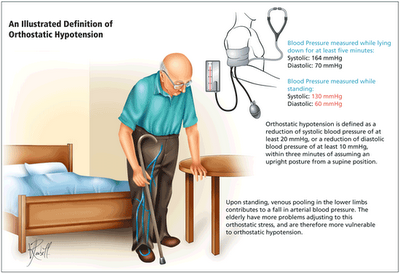
Postural Hypotension or Orthostatic hypotension is the process of drop in body blood pressure, when people stand up from sleeping or sitting position. Medically it is defined as a decrease in systolic blood pressure of 20 mm Hg or a decrease in diastolic blood pressure of 10 mm Hg within three minutes of standing compared with blood pressure from the sitting or supine position. Alternatively, the diagnosis can be made by head-up tilt-table testing at an angle of at least 60 degrees.
People develop various symptoms due to drop in blood pressure in the form of mild dizziness, blackout and loss of consciousness. Postural hypotension may be acute or chronic. Patients may present with light-headedness, blurred vision, dizziness, weakness, and fatigue, or with syncope (in the acute care setting). Less commonly, they may present with neck and shoulder pain, orthostatic dyspnea, and chest pain. Outlines the differential diagnosis of orthostatic hypotension, which may be caused by a number of things, including dehydration, blood loss, medication, or a disorder of the neurologic, cardiovascular, or endocrine system.
Various parkinsonism syndromes can have postural hypotension. Among these Multiple system atrophy (MSA) patients have more commonly these symptoms.
The treatment of Postural hypotension includes non-pharmacological (without medications) and Pharmacological (with medications). Your doctor will suggest you what treatment you need to follow. In this page, we are providing some of the non pharmacological treatments to manage postural hypotension.
Home Management of Postural Hypotension
(Non-pharmacological treatments)

Increase Salt Intake
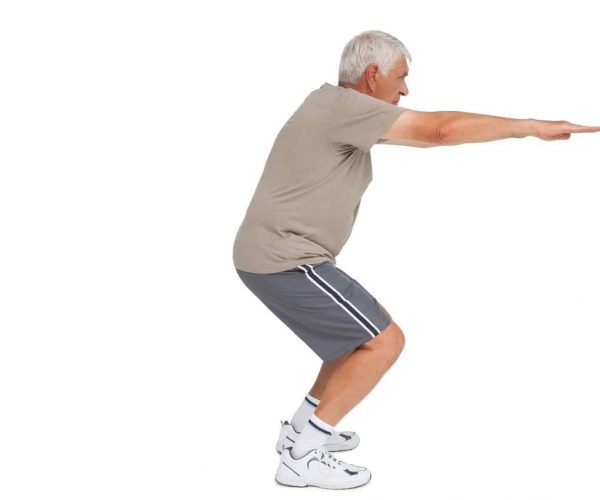
Simple exercies
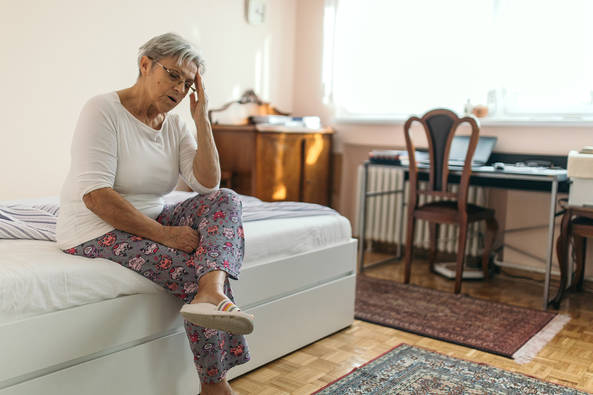
Avoid Sudden Position changes
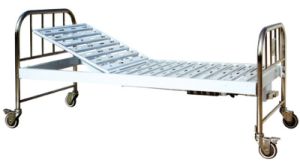
Head end elevation
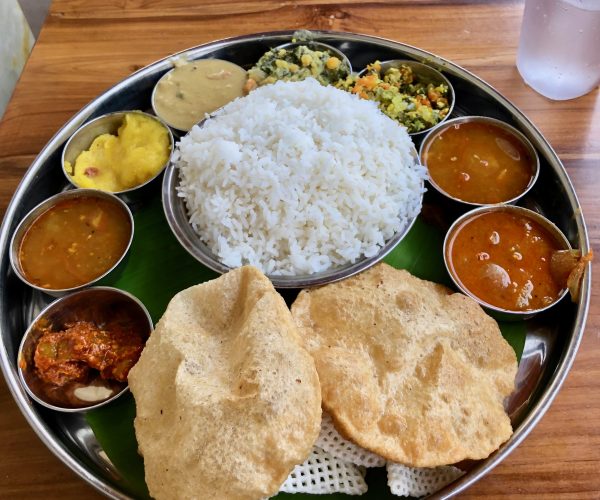
Avoid Large Meals
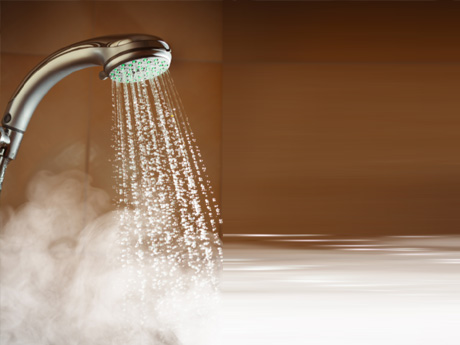
Avoid Hot Water Bath
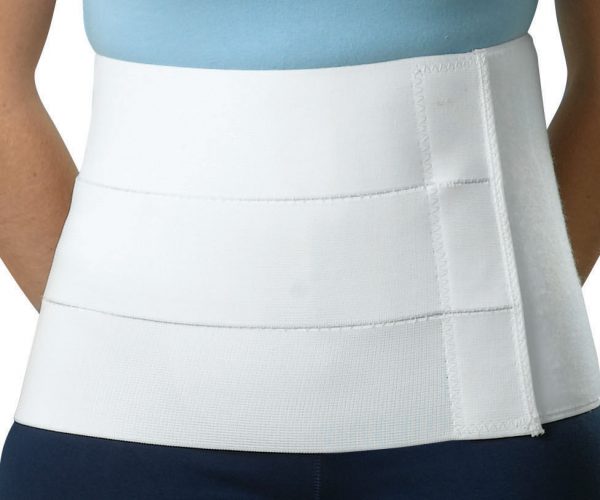
Use Abdominal Binders
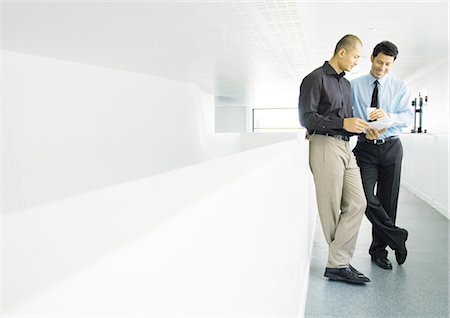
Crossed leg standing
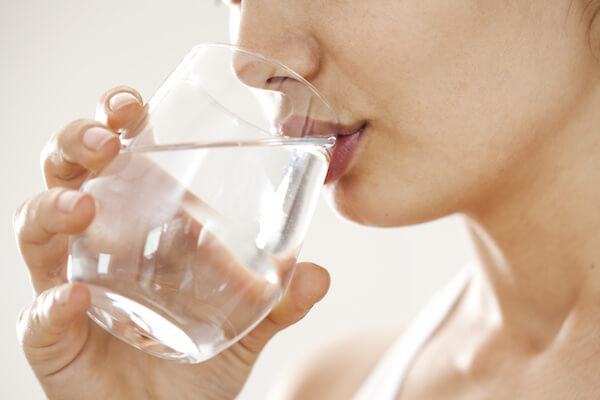
Drink more water

Avoid Alcohol
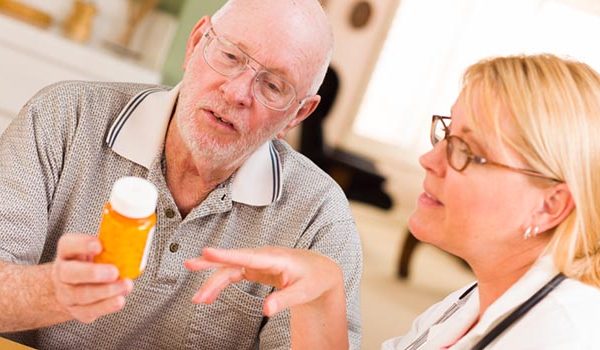
Check you Medications

